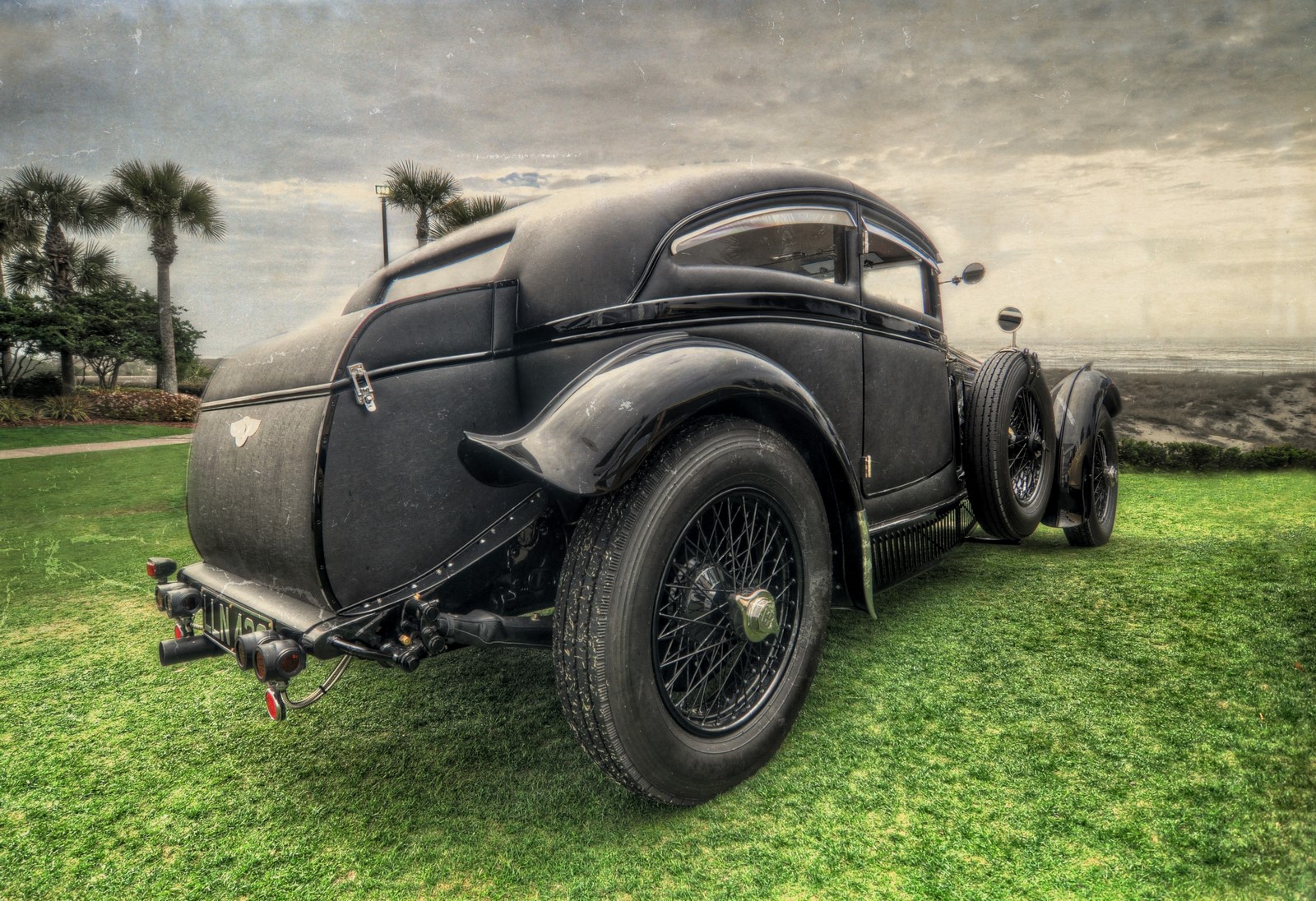
The 1930 Bentley "Blue Train" Re-creation was modeled after the Gurney Nutting Coupe and built to exacting standards by a coachbuilding firm in the UK and the series has been a success as there is a three to five year waiting list for those looking to acquire their own Bentley. This car was built on a 1950 Bentley Mark VI chassis and completed in October 2014.
The car is equipped with a Bentley B80 inline eight-cylinder engine that features four SU carburetors, and generates 180 horsepower. The rear trunk features a full tool kit in a fold-down tray and the beautifully crafted interior features matching liquor cabinets, with each containing a decanter and a set of crystal glasses that have been engraved with the Bentley “B,” to provide touring comfort for passengers. The cabinets are finished in highly polished walnut, as is the dash cowl and the tops of the doors. Beautiful red leather completes the interior, along with matching red carpeting.
Background of the "Blue Train" Bentley
Woolf Barnato's Bet: In March 1930, Woolf Barnato made a bet that he could drive his Bentley from Cannes to Calais and then cross the English Channel to London before the Blue Train could reach Calais. Barnato won the bet, supposedly driving his Bentley Speed Six.
The Car: The actual car Barnato drove was a Bentley Speed Six, one of the most successful racing cars of its era, known for its robust performance and reliability.
The Myth and the Legend: Over the years, the story of Barnato's race against the train has become a legendary tale in automotive history, though it has been embellished and debated regarding its exact details and accuracy.
The Re-creation
The re-creation of the 1930 Bentley "Blue Train" is a modern homage to the original car, celebrating its historical significance and the legendary race. Here are some key aspects of the re-creation:
Authentic Design: The re-creation maintains the classic design and aesthetics of the 1930 Bentley Speed Six. This includes the long bonnet, the sweeping fenders, and the vintage Bentley grille, all crafted to reflect the original car's appearance.
Modern Enhancements: While the re-creation stays true to the original design, it often incorporates modern engineering and technology to improve reliability, performance, and safety. This might include a modernized engine, improved suspension, and better brakes.
Craftsmanship: The re-creation is typically built by specialized companies or skilled craftsmen who focus on classic car restorations and reproductions. They ensure that the car is built to high standards, often using traditional methods and materials to keep the car as authentic as possible.
Rarity and Value: As a homage to a legendary vehicle, the re-creation of the 1930 Bentley "Blue Train" is often produced in limited numbers, making it a rare and valuable collector's item.
Significance
The re-creation of the 1930 Bentley "Blue Train" is significant for several reasons:
- Preservation of History: It keeps the legend of the Blue Train Bentley alive, allowing enthusiasts and collectors to own a piece of automotive history.
- Celebration of Engineering: It showcases the craftsmanship and engineering prowess of both the original car and the modern re-creation.
- Cultural Icon: The Blue Train Bentley is a cultural icon, representing the golden age of motoring and the spirit of adventure and competition.
You may purchase a print of the 1930 Bentley "Blue Train" Re-creation in our dElegance 2015 online gallery.

